 TECH
TECH
 Images by THE AUTHOR
Images by THE AUTHORf you’re building a classic Chevy with a lean toward any type of contemporary features, be them based on performance or comfort, chances are one of the things on the upgrade list are the gauges. Most cars from the 1950s and 1960s lacked a full array of gauges, limiting information to speed, engine temp, and fuel level. Low oil pressure or volts was usually displayed via a simple dummy light that may or may not have worked. And engine temp was usually displayed in such a manner that one had to know where the “normal” setting on the gauge was to even know when an overheating scenario was actually taking place, given simply a “Hot” and “Cold” setting at either side of a sweeping needle. It’s no wonder adding a couple extra gauges under the dash rail and a cup-mounted tach on the steering column became so popular.
But with time, technology has caught up to the needs of hot rodders in the form of more accurate gauge clusters that abound with additional information to boot. And that describes nearly all of Dakota Digital’s gauge offerings, but never more so than their RTX line of Retrotech Analog/Digital Instrument Systems. With a nod to the original factory cluster’s aesthetic, Dakota Digital has snuck in a myriad of additional information, all programmable by the end user. Their effort to incorporate OEM design elements as the layout is concerned results in an unobtrusive gauge design that, when powered down, is easily mistaken for stock. But once the ignition switch is hit, the LED-backlit cluster comes alive, providing an array of additional information.
With the LS swap transformation in full tilt boogie mode on our buddy Bruce Valley’s 1957 Chevy Handyman Wagon here at the Clampdown Competition headquarters, we knew we were going to want more information as it pertained to the powerplant than the OE gauges were going to provide. With the recent dash overhaul that we just covered a few issues back, we weren’t about to install a bunch of tired gauges. Turns out, Dakota Digital’s RTX Instrument Cluster would fit the bill perfectly for what we were looking for. With plenty of information displayed, a close eye on the goings-on underhood would be possible, and with the addition of a Bus Interface Module for vehicles equipped with an OBD-II (BIM-01-2), the new RTX gauge cluster could be connected directly to the LS engine’s ECU to receive nearly all of its information. That negates the extra effort of running additional sensors for things like oil pressure, engine coolant temp, speed, and tach signal; these all now come directly from the engine’s ECU via the OBD-II port.
The RTX Instrument Cluster is also fully customizable with a number of backlight and needle color options. With a night-dimming mode, that backlight setting can be programmed to be nice and bright during the day, resulting in easy viewing even on the sunniest of days, yet toned down when the headlights are on, making nighttime driving enjoyable.
Dakota Digital’s RTX system allows a number of add-on options, from compass to outside temp to GPS speed, but one we opted for was their Universal Gear Shift Sender (GSS-3000) that will display the selected gear on the TFT Message Center. Since the 1957’s dash also housed a clock, we opted to add that to the mix as well, which connects to the main RTX cluster so that whatever theme we program the gauges to the clock will mimic. So, if the main cluster is set to a theme of “Fire and Ice,” the clock will match, changing the backlighting and pointer colors to suit.
Adding a bunch of gauges to further the stream of information coming across the dash isn’t hard to do, but doing so in a matter that fits seamlessly into the aesthetic of a vintage vehicle can be and is something that Dakota Digital has figured out in spades. The inclusion of a ton of extra information in a package that fits within the stock footprint is an amazing feat and one that looks great to boot!

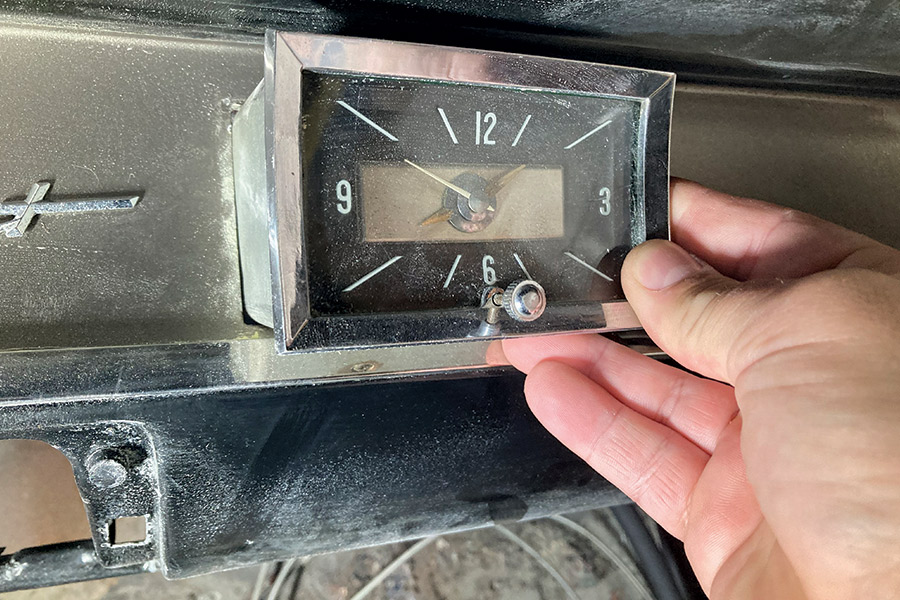

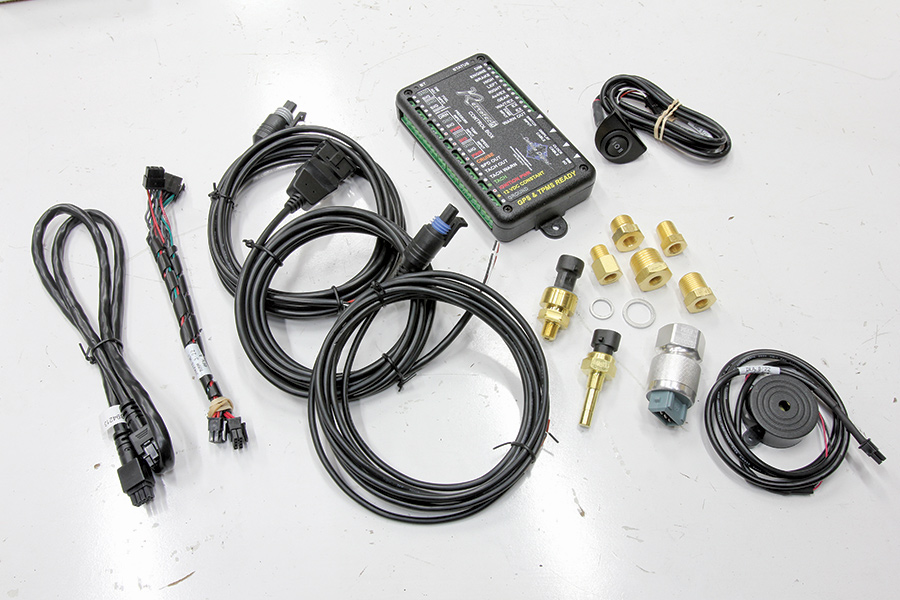
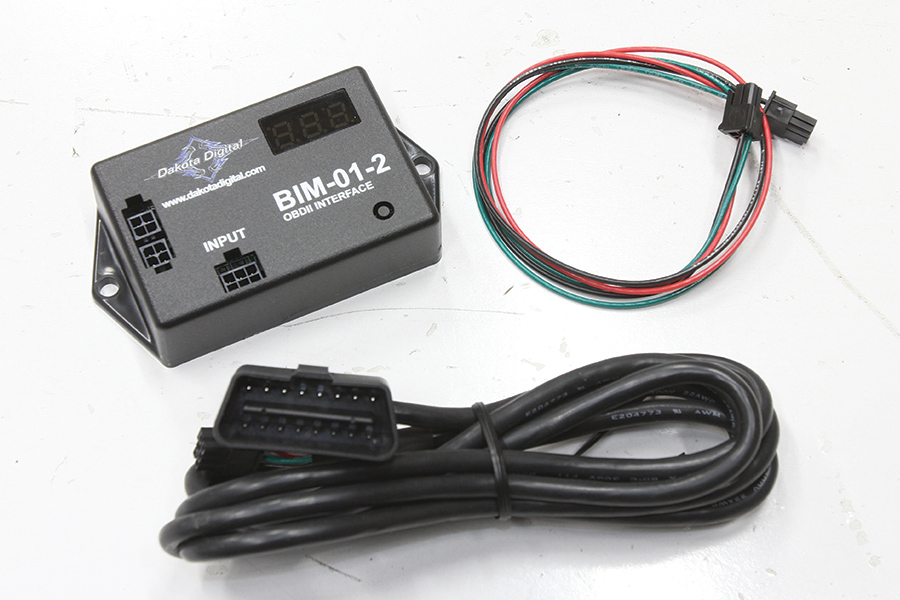
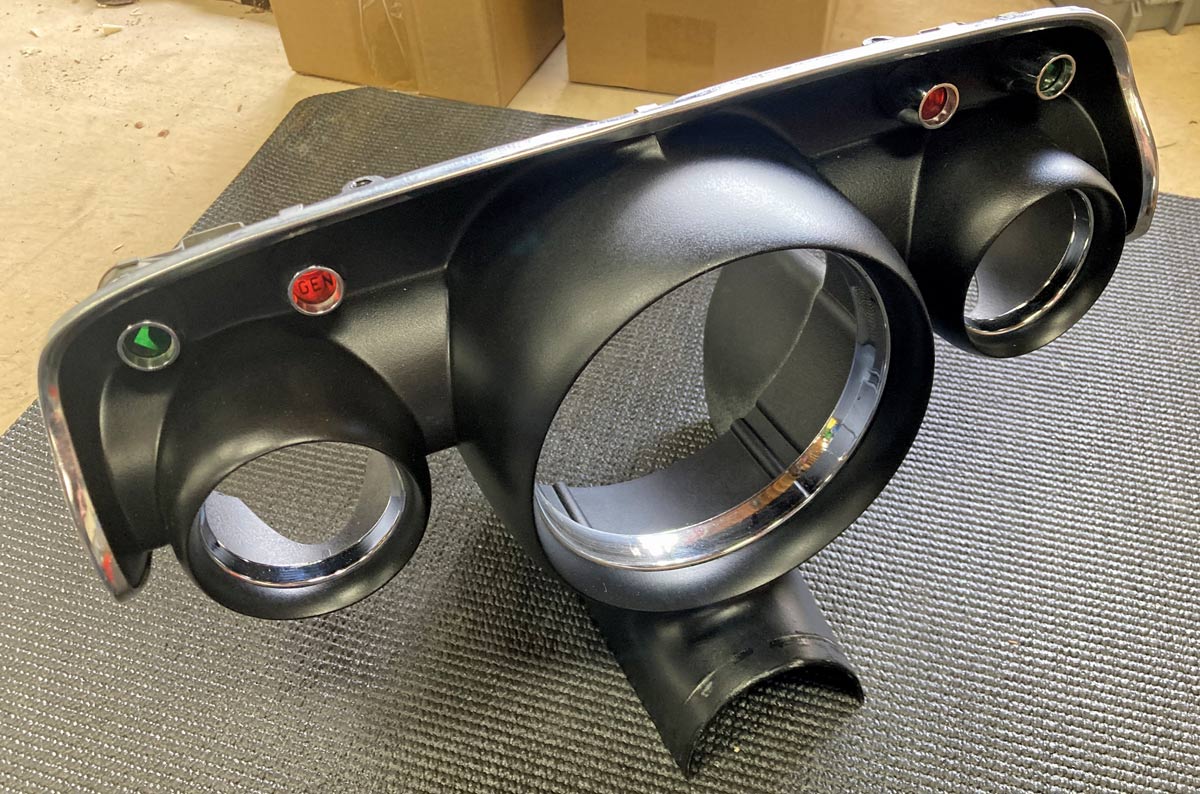

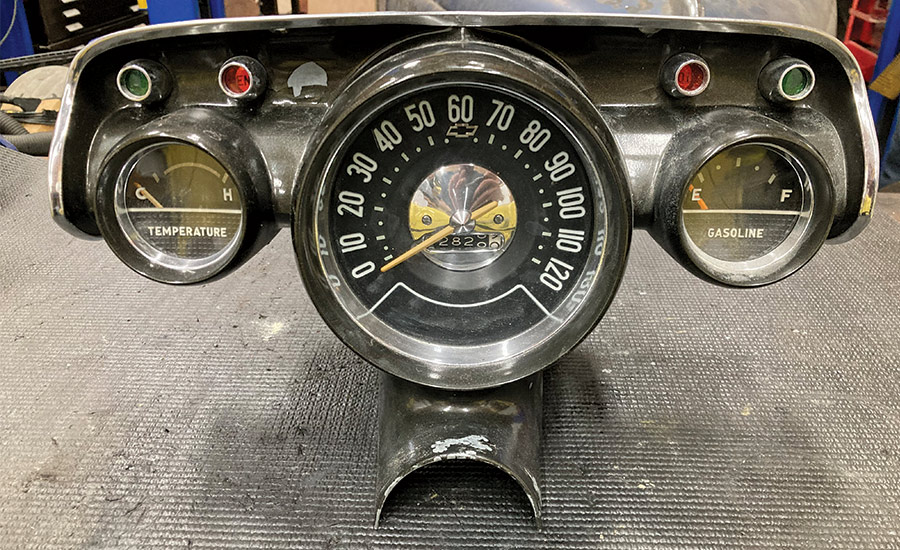
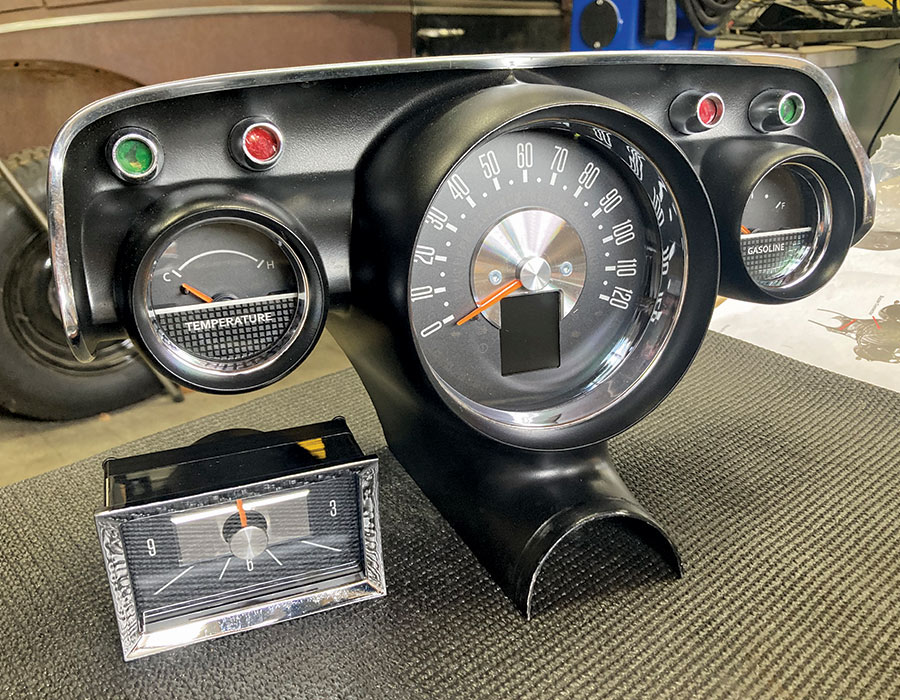

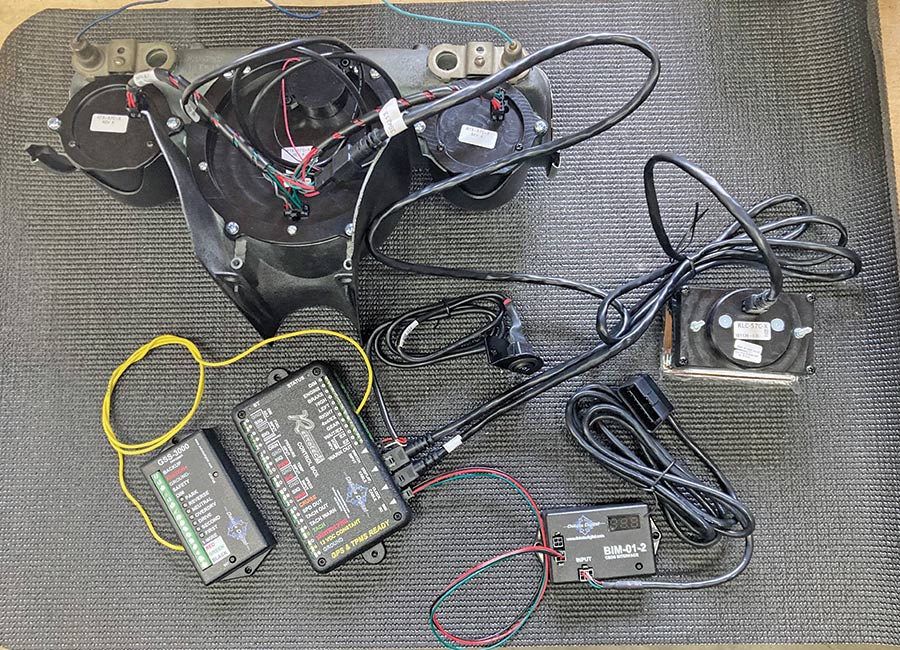
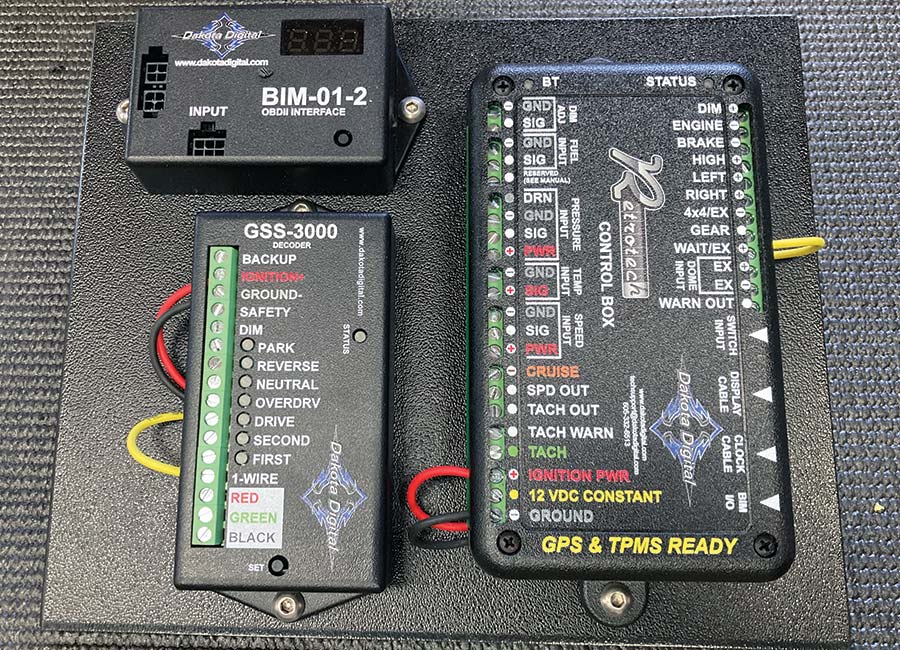
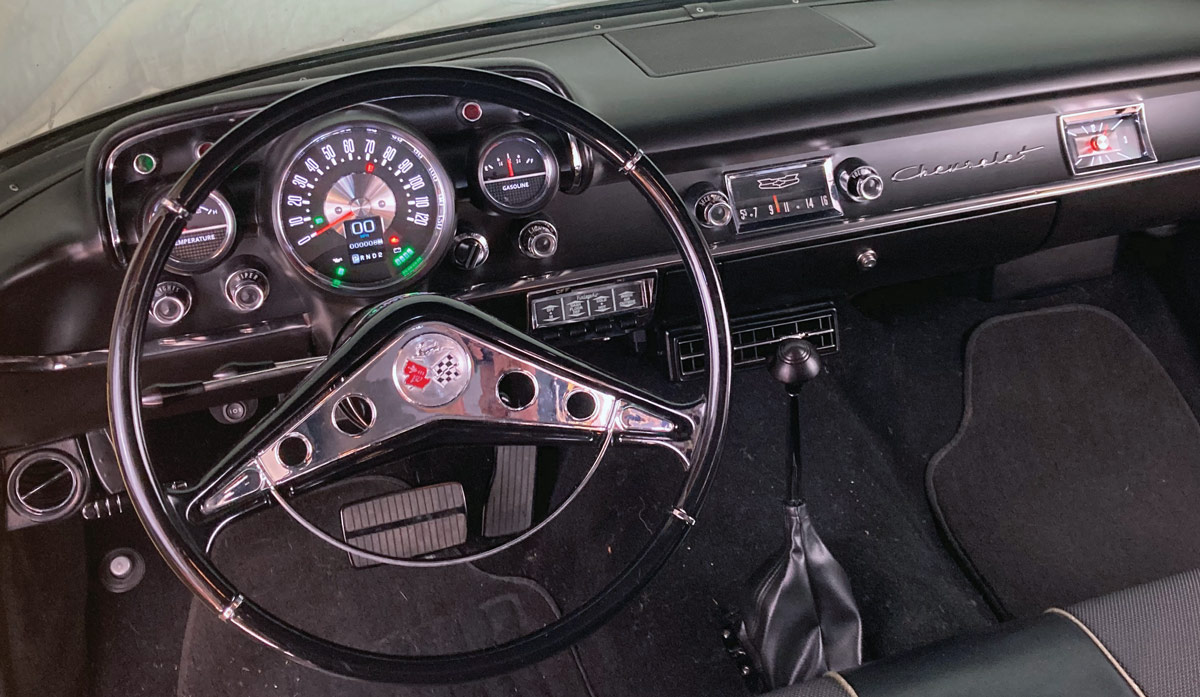
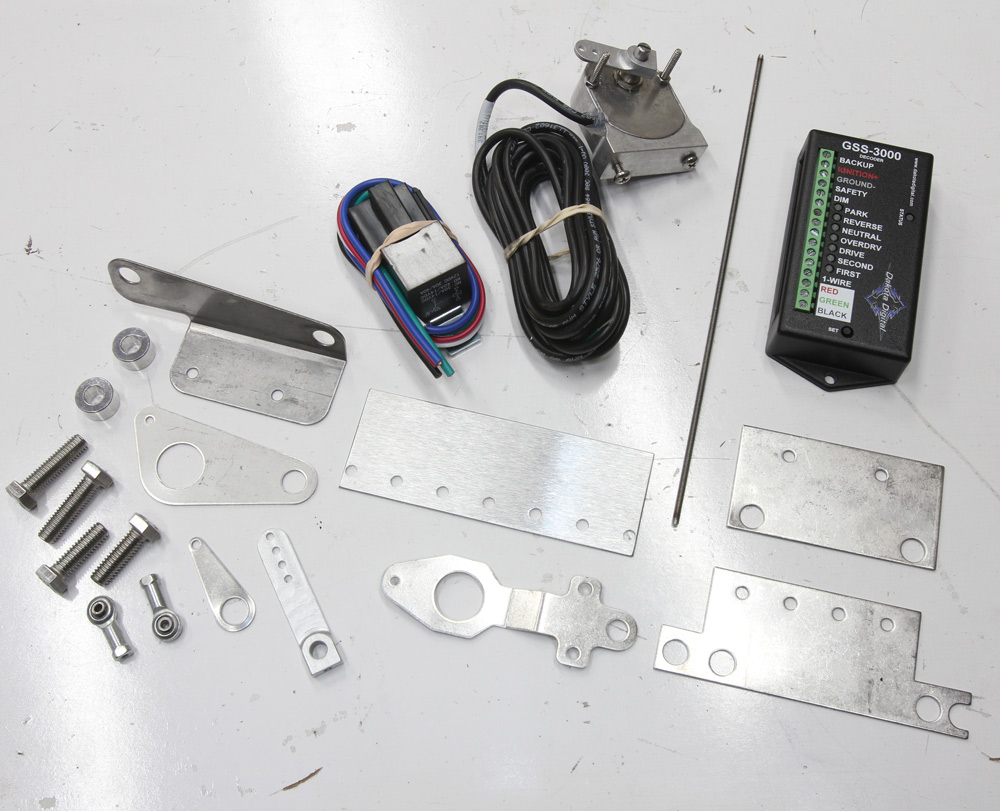
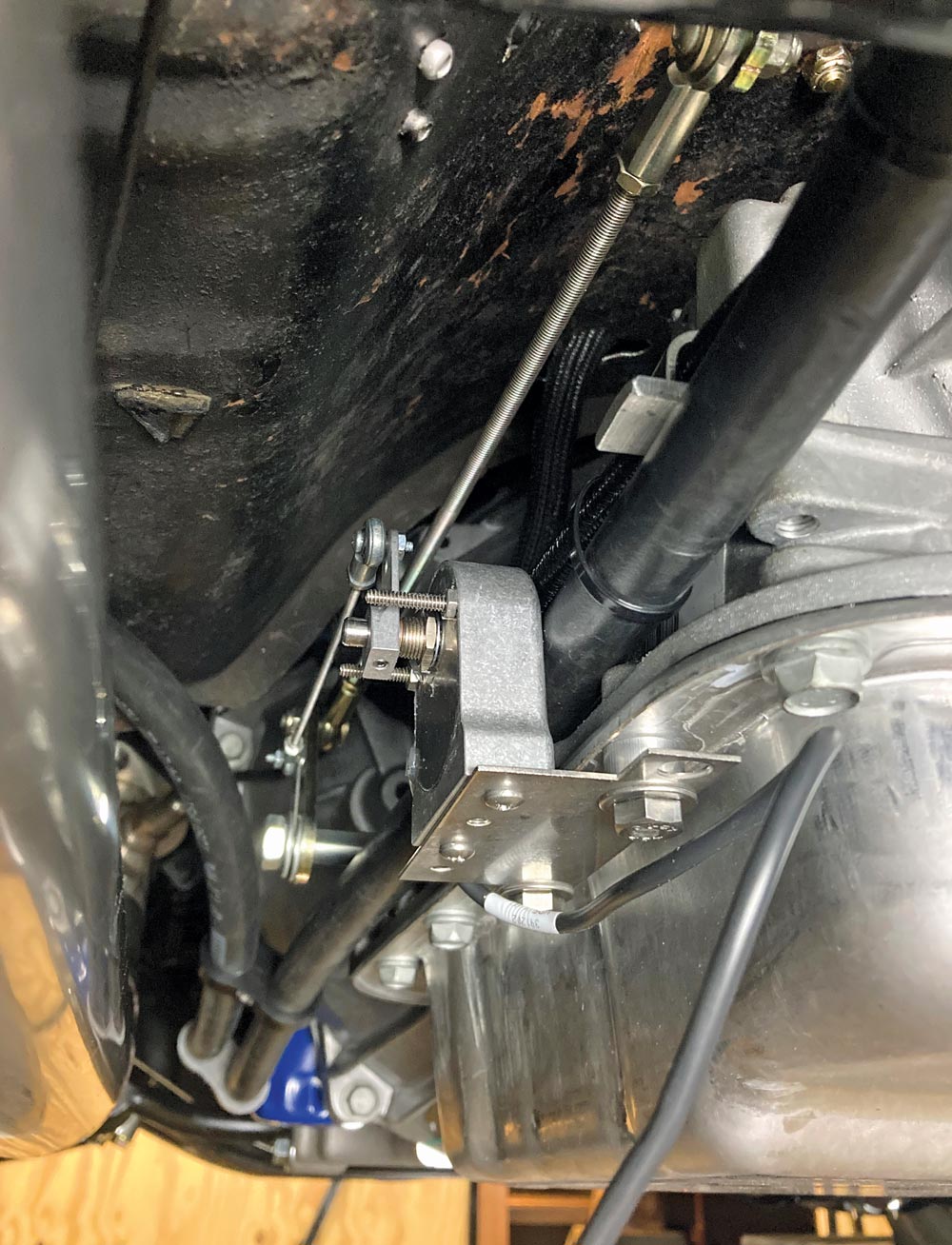
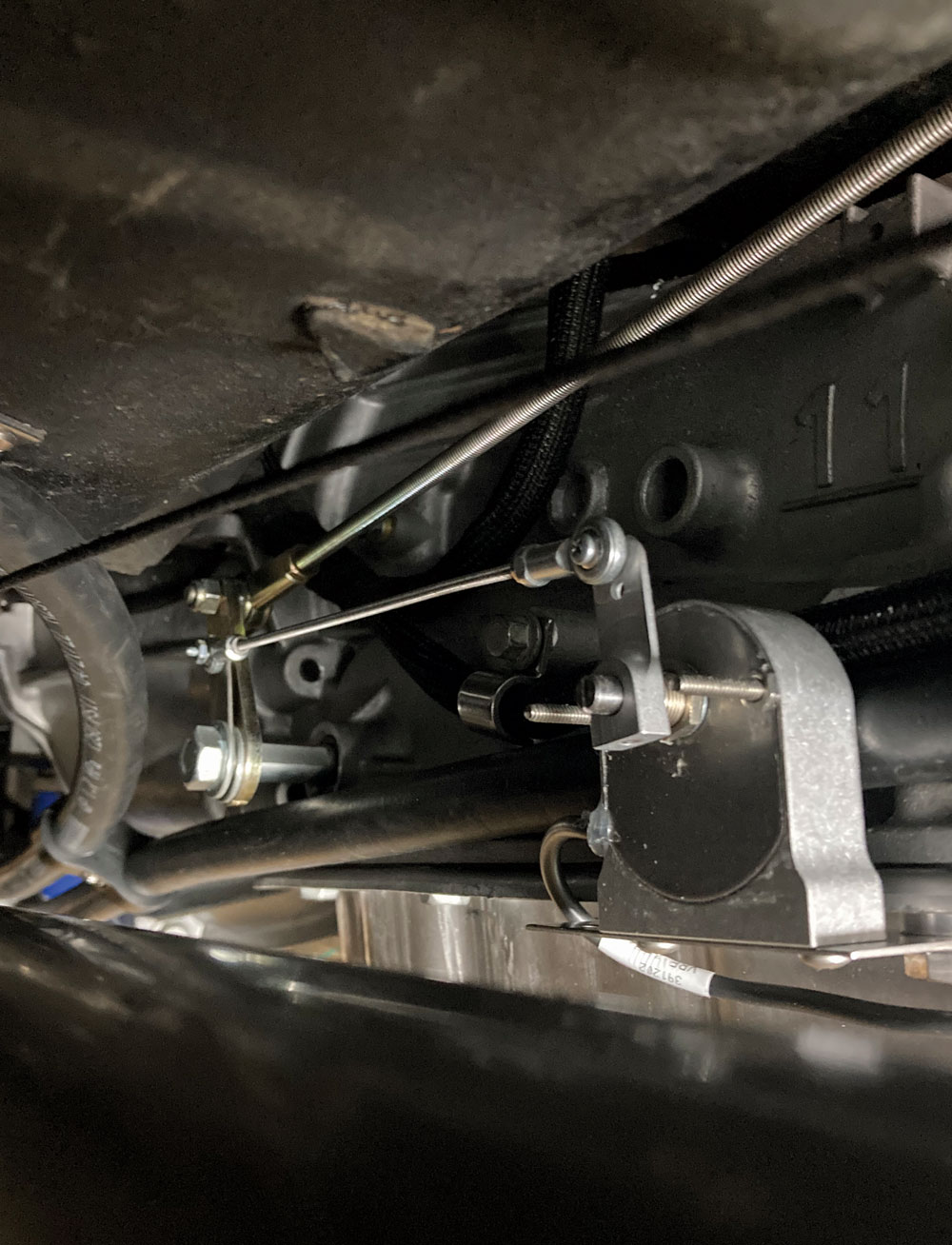
 SOURCES
SOURCES